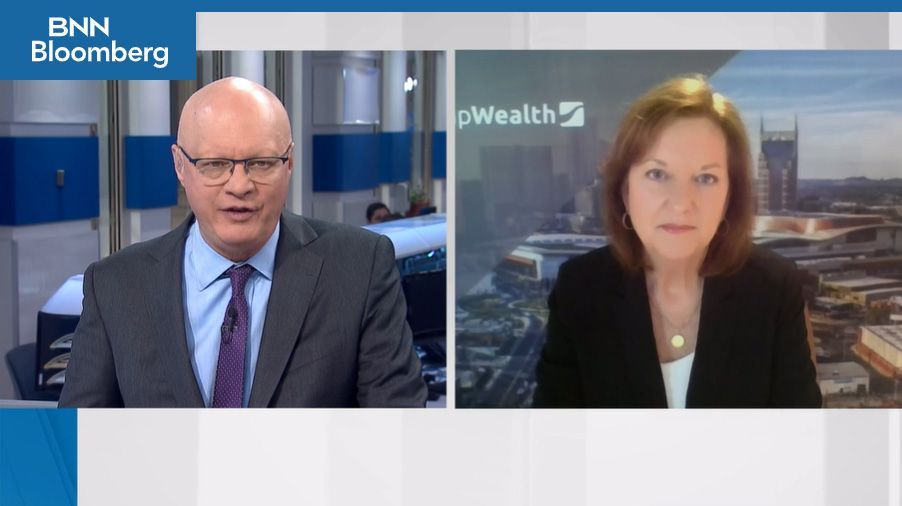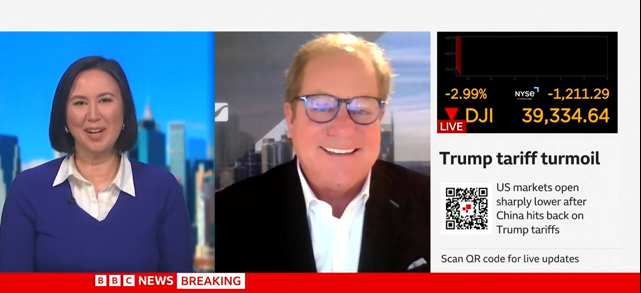What you need to know about IRAs
August 18, 2017
We have all seen the bright yellow how-to books that were once the most popular go to guides to learn about whatever topic you had trouble understanding. Football for dummies, Auto repair for dummies and even Parenting for dummies are just three of the 1,950 titles in circulation.
For some of you, finance can seem like a completely different language, and you need a guide to help you start saving for retirement. Individual retirement accounts, most commonly known as IRAs, are types of plans that many employees and employers utilize for that very reason.
Here’s a brief overview of four different types of IRAs to help begin your decision on what type of IRA is right for you.
Traditional IRA is an individual retirement account that allows you to invest pre-tax dollars that grow tax-deferred. There are no income limitations, and you are taxed at ordinary income when you withdraw after 59.5. For 2017, the contribution limit is $5,500 or $6,500 if you are over the age of 50. All or some of these contributions are tax deductible depending on your situation.
Roth IRA is an individual retirement account that allows you to invest after-tax dollars that also grows tax-deferred. When you make withdrawals after the age of 59.5, your distributions are not taxed. There are income limitations that the IRS mandates each year based on your modified adjusted gross income (AGI). If your filing status is:
Married:
- Less than $186,000: up to $5,500 or $6,500 if over age 50
- Between $186,000 and $196,000: a reduced amount
- More than $196,000: $0
Single:
- Less than $118,000: up to $5,500 or $6,500 if over age 50
- Between $118,000 and $132,999: a reduced amount
- Over $132,999: $0
The important thing to remember is that you can only contribute a combined $5,500 or $6,500 per year to a Traditional and Roth IRA -- not to each one. When starting your career, employees earn less income than later in life, we often recommend contributing to a Roth IRA while you are still under the income limitations.
SEP IRA is a simplified employee pension individual retirement account that provides business owners with an easier way to make pre-tax contributions toward their employees’ retirement as well as their own.
These contributions are tax deductible, and there are no income limitations. However, the employee cannot make contributions to their SEP IRA- it is only the employer. The money that your employer contributes for you will grow tax deferred and is taxed at ordinary income when withdrawn after 59.5.
For 2017, the maximum contribution is a $54,000. Unlike qualified plans, like 401(k)s, SEP IRAs are easy to administer. The start-up and maintenance costs are also much lower. Any business owner with one or more employees can start this type of plan.
Simple (Savings Incentive Match Plan for Employees) IRA allows employees and employers in a small business to contribute pre-tax money to a retirement plan. The company must have less than 100 employees to qualify to use this type of plan.
Again, like the SEP IRA, a Simple plan is much cheaper to start, maintain and administer than qualified plans. For employees to contribute, they must have at least $5,000 in compensation in any two previous calendar years.
Employers can make two types of contributions: dollar-for-dollar matching contribution (not to exceed 3 percent of the employee’s compensation) or a 2 percent non-elective contribution to all eligible employees, regardless if they make a contribution or not. For 2017, the maximum contribution limit is $12,500 or $15,500 if over the age of 50.
Because everyone’s situation is unique, we highly recommend consulting your financial advisor before making any decisions on where to start investing.













